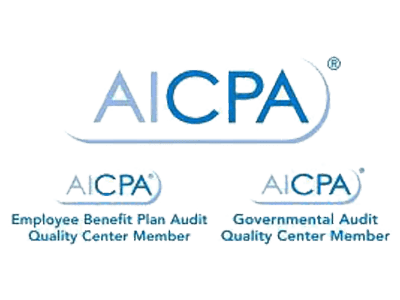Under the new, as well as prior, tax law, taxpayers can either take a standard deduction or itemize deductions on Schedule A of IRS Form 1040. Typically, tax preparation involves comparing the total of itemized deductions with the standard deduction and choosing the larger amount.
![]() Most people have used the standard deduction and that probably will continue to be true, even more so for 2018 returns. If you plan to use the standard deduction, you can bypass planning for items on Schedule A and move on to other areas.
Most people have used the standard deduction and that probably will continue to be true, even more so for 2018 returns. If you plan to use the standard deduction, you can bypass planning for items on Schedule A and move on to other areas.
Larger and Smaller
One reason that the standard deduction likely will be more widely used is the increase under the TCJA. In 2018, the standard deduction is $12,000 for single taxpayers and married individuals filing separately (up from $6,350 in 2017), $24,000 for couples filing jointly (up from $12,700), and $18,000 for heads of household (up from $9,350).
Unmarried individuals who are not surviving spouses and who are 65 or older can add $1,600 to the preceding numbers. This amount is reduced to $1,300 per married taxpayer. The same additions to the standard deduction also apply to those who are blind.
The other reason for increased focus on the standard deduction is the reduction in potential itemized deductions. State and local tax deductions now are capped at $10,000 ($5,000 for married individuals filing separately). Miscellaneous itemized deductions, such as unreimbursed employee business expenses and tax preparation fees can no longer be deducted; the same is true for the interest paid on home equity debt that is not used to buy, build, or substantially improve the home that secures the loan. Other cutbacks also apply.
The bottom line is that the 2018 standard deduction has a greater chance of exceeding your 2018 itemized deductions.
Example: Paul and Diane Brown have always itemized deductions on Schedule A, largely due to the amounts they pay in state income tax and local property tax. Both are over age 65, so their standard deduction this year is $26,600: $24,000 + $1,300 + $1,300.
Besides their capped $10,000 itemized deduction for taxes paid, the Browns expect to be able to deduct only modest amounts of mortgage interest and charitable contributions. They anticipate taking their standard deduction, so they won’t do any planning for itemized deductions in 2018.
Close Calls
The situation would be different, say, if the Browns expected to pay $20,000 in home mortgage interest and make $10,000 in charitable gifts. They would be well over the standard deduction amount, including their $10,000 deduction for taxes paid, so planning could be useful. Depending on their situation, the Browns might want to choose elective medical procedures and accelerate charitable donations into 2018 to pay with tax-deductible dollars.
Planning is possible if the Browns project a total of, say, $23,000 in itemized deductions. They could move some deductible outlays into 2018 or defer some expenses into 2019 in order to itemize deductions in one of the two years. If you are on the borderline between itemizing or taking the standard deduction in 2018, our office can help you make tax-effective decisions at year-end.







